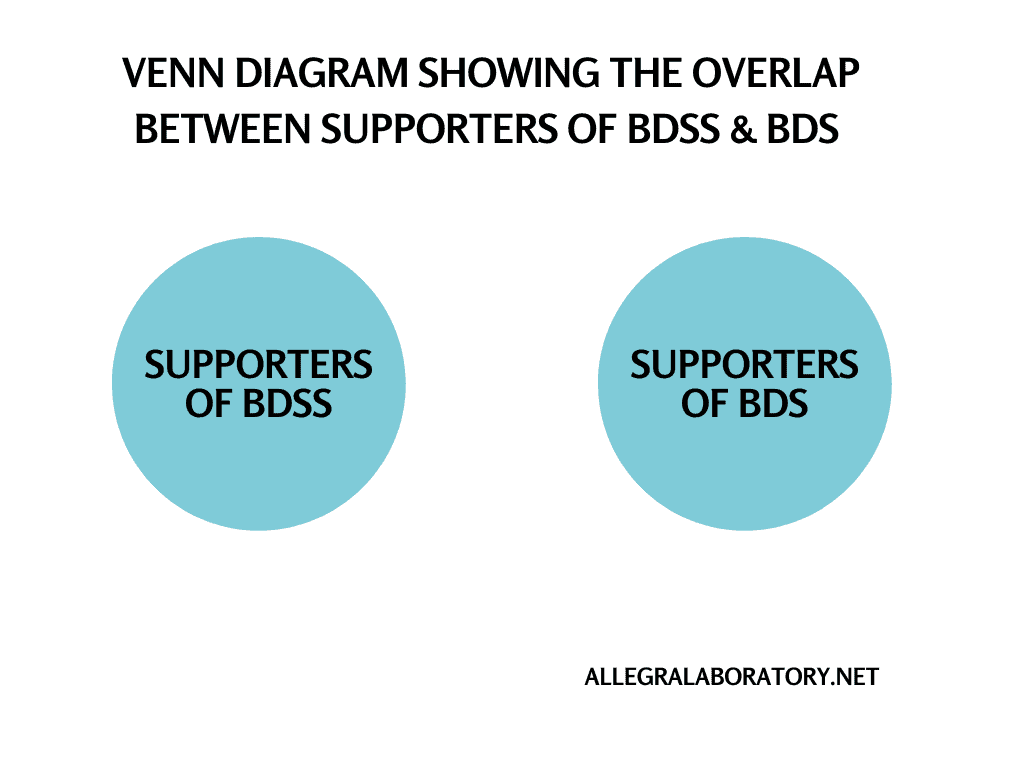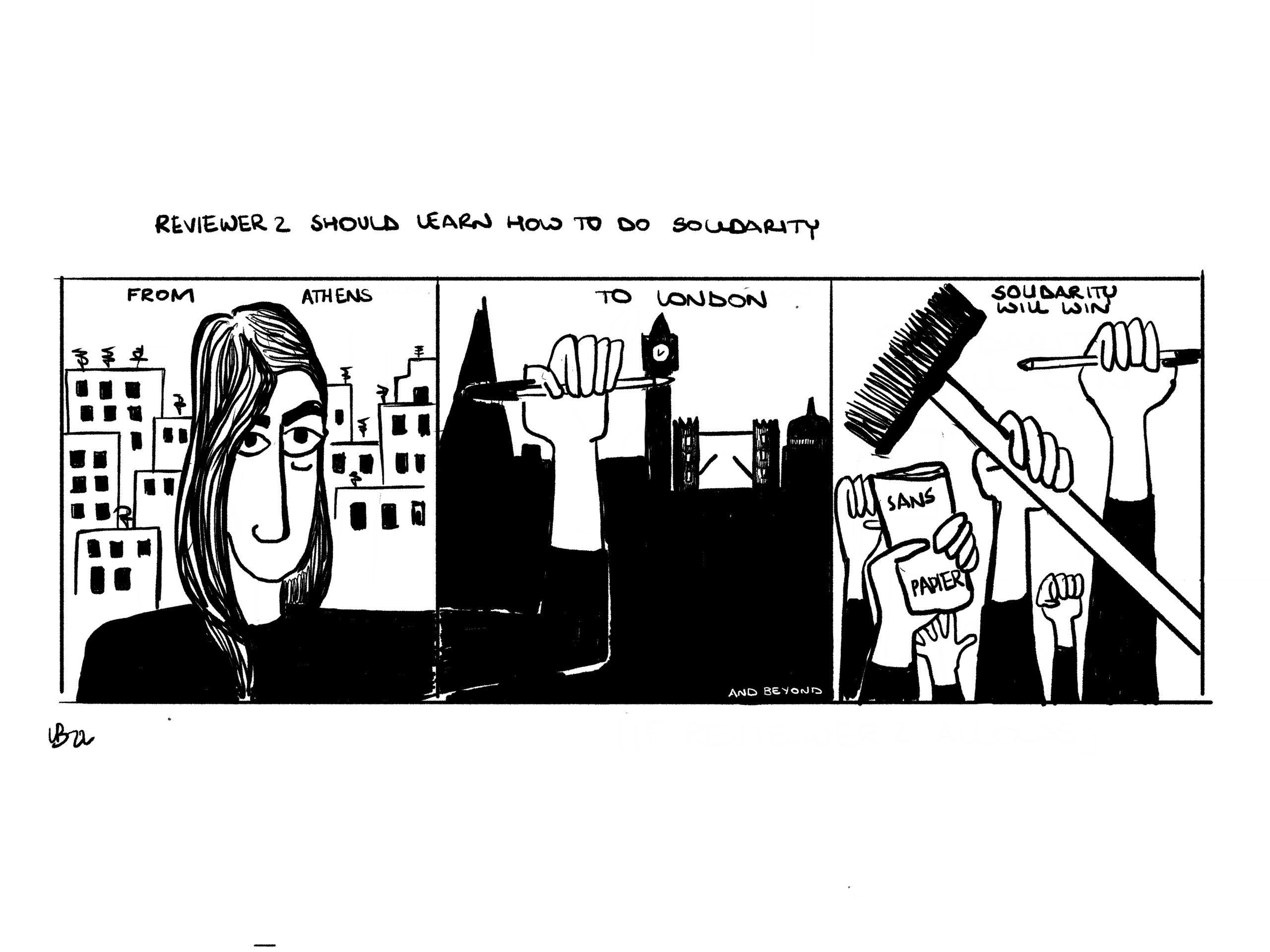Over the past few years, the resurgence of rural banditry in many regions of Madagascar has been an important topic of public and political debate. Local and national media have reported an increase in the criminal activities of well-armed groups of young men, known as dahalo or malaso (‘bandits’ in Malagasy), who have started to combine their ‘traditional’ cattle raidings with attacks on hotels, private houses, trucks and taxi brousse (bush taxis). The issue of banditry has become the testing ground for all recent governments, which have tried – with few results – to reinforce their presence in regions where they have never been able to exert full political control.
State authorities and the media have defined these regions as dangerous ‘red zones’: a stigmatizing definition for areas of difficult access that historically have been marginalized by state policies or have been places of refuge for people trying to avoid state impositions, both during the Merina rule in the 19th century as well as during the later colonial and post-colonial regimes.
The difficulty of access that characterized these areas has certainly made it easier for dahalo groups to make their traces disappear. However, due to the progressive worsening of roads and the resurgence of rural banditry in the last three decades, a number of other regions that in the past were much better connected with the major economic and political centres of the country have started to be considered ‘remote’, dangerous and difficult to control.
The label ‘red zones’ contributes to increase the marginalization and ‘remoteness’ of some of these areas, since the perception of growing insecurity discourages doctors, teachers, administrative staff, petty traders, NGOs, and the military form travelling to or staying in these regions. This does not mean that the red zones in the highlands of Madagascar are economically disconnected from the rest of the country. Some of these areas are, for instance, the most important producers of rum and coal. However, the long distances that separate them from the most important markets and hospitals reinforce the perception among the inhabitants of these regions of being cut off from administrative channels and public services.
Clearly, remoteness often has much to do with economic possibilities. As a coffee buyer from the highlands city of Ambositra told me: “I stopped going to the red zones east and west of Ambositra to buy coffee five years ago. First, because it is no longer possible to reach these areas by taxi brousse and I don’t have the money to rent a trail bike. Second, because I am scared of the dahalo. Today, only those who have the money to have a 4×4 or trail bikes, who can hire armed guards to defend themselves and porters to carry the goods can do profitable business there”.

Loading up the taxi brousse. North of Toliara, Madagascar (Photo by Elijah Nouvelage, flickr, CC BY-NC-ND 2.0)
The attacks of the dahalo have had important repercussions: taxi brousse are often obliged to stop for long hours before crossing certain regions in order to form caravans escorted by the military; people lock themselves in their houses at evening for fear of attacks or buy weapons for self- defense; and many families have stopped investing their savings in cattle that could disappear overnight. Therefore, cattle increasingly tends to be concentrated in the hands of those few who have the means to hire armed guards. Central authorities have put the dahalo at the top of their agenda by implementing a number of repressive measures, with military attacks against dahalo fortresses and the systematic repression of those who are considered as colluding with the dahalo. However, since banditry has not diminished, many of my Malagasy interlocutors oscillated between the idea that the state was unable to deal with the dahalo groups for lack of resources and the idea that many state officials themselves were colluding with bandit groups at different levels. Indeed, even if it is true that the central government does not have the means to control a vast part of the island and its coast, the suspicion that the best organized groups of dahalo operate with the collusion of some members of the economic, political and military élite of the country is a widespread one. Cases of soldiers renting their weapons to dahalo have been reported by the media, as well as cases of former military officials who would have been the recruiters of the best organized groups.
Despite the fact that many scholars have shown that the problem of dahalo has resurfaced over and over again in times of political and economic crises, many of my Malagasy interlocutors preferred to stress the recent shifts in this phenomenon: in the last twenty years the dahalo groups have become more and more numerous and some of them are composed of a greater number of people who do not only organize raids for zebu cattle to sell in the urban market and abroad, but have also started to offer themselves as private militias that protect the business activities of Malagasy and foreign businessmen working in the illegal trade of rosewood, vanilla or precious stones. From this perspective,
the ‘red zones’ seem not to be so ‘remote’ for the illegal trade of resources organized by the national and international economic élites.
Madagascar has several natural ports that enable the illegal export of natural resources and import of weapons. This allows the best organized groups of dahalo of these so called remote areas to buy weapons from abroad and sell not only zebu, but also vanilla, rosewood, precious and semi-precious stones, rum and cocoa to various buyers coming from Asia, Africa, the Middle East and Europe.
This ‘extraversion’ of the dahalo groups emerged as a response to the reopening of the Malagasy economy towards a neoliberal global sphere characterized by the progressive reduction of state control over the national economy, a consistent reduction in public investments that marginalized numerous rural regions, and the increased accessibility of the country to foreign capital. The dahalo responded to this new situation, making use of their existing relations with foreign markets and successfully accumulating capital. In some cases the leaders of the best organized groups have gained a degree of sovereignty over their territories, providing their villages protection against other dahalo groups and, most importantly, establishing commercial relations with international traders. In this sense, the reopening of Madagascar to global markets encouraged the emergence, or re-emergence, of a number of brigand chiefs who have shown great skill in managing and intercepting the trade flows that have reached the island in recent decades.
If the red zones are increasingly cut off, stigmatized and marginalized by formal administrative channels, they are also increasingly connected to illegal trade networks that relate these ‘remote’ areas with the global economy.
The more the red zones are considered remote, the more they emerge as attractive for those who are trying to evade taxation and are interested in extracting resources at low prices.
In this way, and from a social science viewpoint, they become privileged places for the analysis of how social inequalities and power relations are reshaped in regions that are increasingly incorporated into neoliberal global markets thanks to, and not in spite of, their politically constructed remoteness and marginalization.









